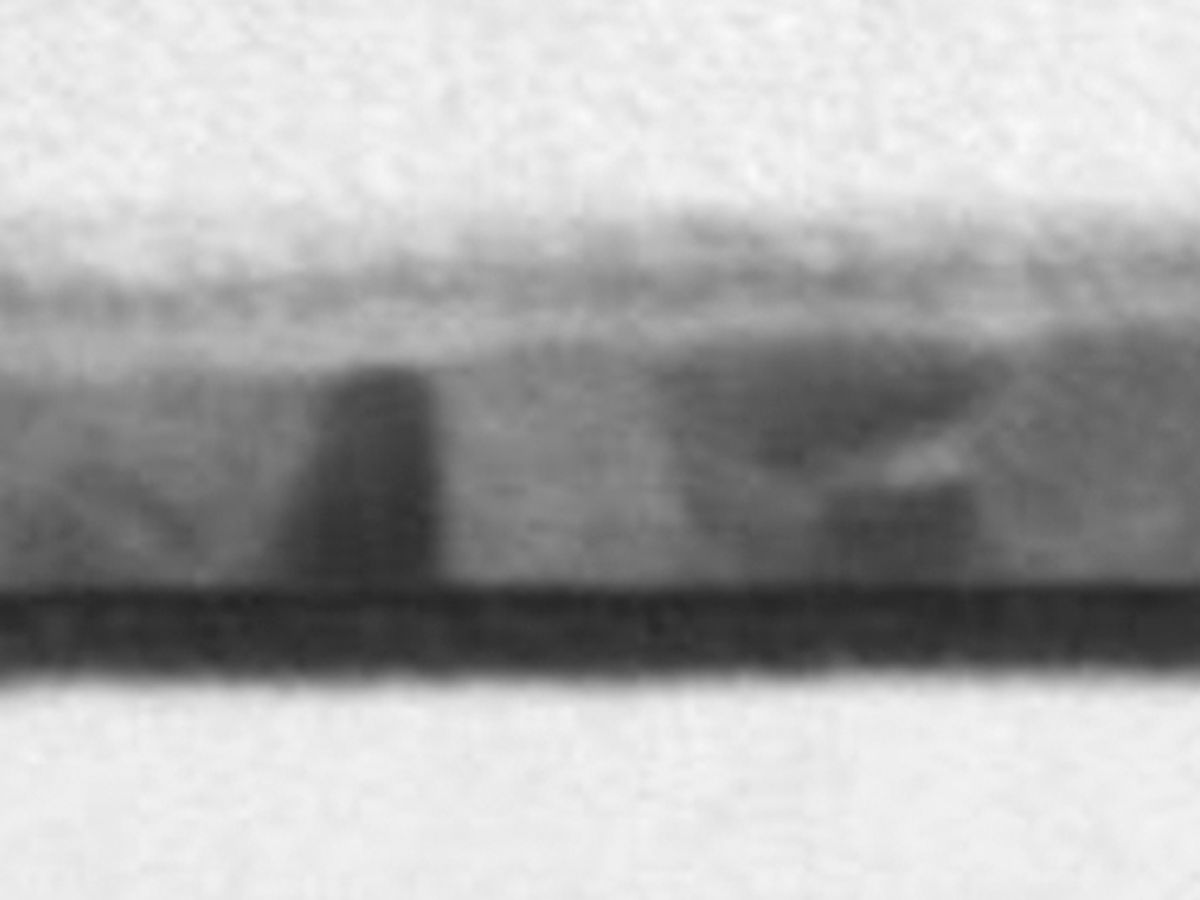When it comes to talk of the end of Moore’s Law, transistors attract much of the attention. But the kilometers of copper wires that connect these devices on each chip have miniaturization problems of their own.
Now it seems the issue might not be as bad as engineers once thought. A team based at IBM and GlobalFoundries examined wires that will be needed for chips after the arrival of the 7-nanometer node, a manufacturing stage expected in three or so years. They found indications of a crystal structure that might actually help speed signals and reduce energy consumption.
The boost comes in resistivity, a measure of how strongly a material opposes the flow of current. Copper has a very low intrinsic resistivity. But this “bulk property” breaks down in small wires. Electrons bump up against side walls and scatter off grain boundaries, the planar surfaces inside the wire where a copper crystal changes its orientation.
The problem is only expected to get worse as copper wiring shrinks further. Adam Pyzyna of IBM’s Thomas J. Watson Research Center, in Yorktown Heights, N.Y., and his colleagues tested a variety of wire sizes and shapes. Intriguingly, for certain geometries, they found it might be possible to create wires with crystalline grain boundaries that naturally run perpendicular to the length of the wire. Electrons are more likely to pass straight through such structures, which would lower the resistivity of the wires.
The effect, which was reported in June at the Symposia on VLSI Technology and Circuits, in Kyoto, is modest. The team reported that wires with this bamboo-like structure exhibited resistivity about 20 to 30 percent lower than what’s been forecast by the International Technology Roadmap for Semiconductors, an industry-wide plan for future chip technology.
“This says it’s not any worse than you think it’s going to be and there’s potential to make it better,” Pyzyna says. The trick will be figuring out how to bring the structure into production, he says. A wire’s resistance depends not only on how low the resistivity of the material is but also on how large the wire’s cross section is. Today chip wires look like tall rectangles in cross section; they’re shrunk in width so they can be packed together effectively, while they’re made as tall as possible to maximize the overall area and keep resistance low. But Pyzyna and his colleagues saw the bamboo-like effect only in wires with squarer cross sections. He says it will take additional effort to determine whether it’s possible to grow the bamboo structures taller to keep the resistance down.
If these structures, which were once common in larger chip wires, can be remade at smaller scales, it could also help with another problem facing interconnect: the diffusion or “electromigration” of copper ions out of the wire. Current can dislodge these atoms and propel them out of the wire and into material surrounding it, leaving behind voids that stop the flow of current. This process generally happens along grain boundaries, says Suman Datta of Pennsylvania State University. With a bamboo structure, this is less likely to occur, because the current flows perpendicular to the grain boundary and so can’t as easily carry atoms to the perimeter of the wire.
Electromigration is one of the main reasons that copper wires must still shrink aggressively. Today, lining materials such as tantalum and tantalum nitride are used to prevent copper atoms from migrating out of their channels. The thickness of these liners can’t be reduced, so it’s the copper that must shrink.
But there might be ways to give copper breathing room. At the same conference, a team led by H.-S. Philip Wong of Stanford University discussed how graphene could be used to line the interconnect instead of tantalum. The savings for space could be drastic; a nanometers-thick layer of tantalum nitride could potentially be replaced with a liner of graphene just 0.3 nanometer thick, Wong says. That would free up space for more conductive copper, easing the miniaturization requirements.
The success of this strategy will as always come down to manufacturability. “[Graphene] has good barrier properties but it’s usually quite defective,” Datta says. On the other hand, he adds, “It’s always a question, what graphene is useful for. Maybe this is it.”
